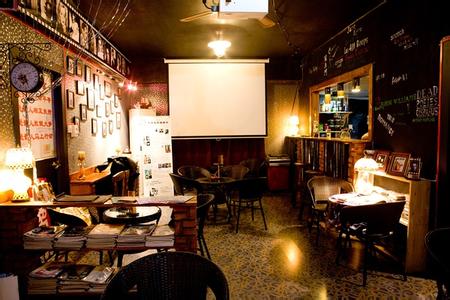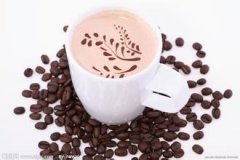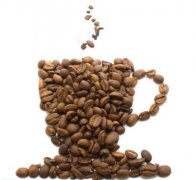Dirkley stole coffee seedlings and finally cultivated them successfully.
In ○, Deckley, a naval officer who returned to Paris on holiday from the French dependent island of Martinique, learned that the French coffee transplant industry was on the rocks. Based on his strong patriotism and his understanding of the soil and water of Martinique, he decided to volunteer to transplant the descendants of the Java "coffee mother tree" from the Netherlands to the dependency of Central and South America to expand the French coffee cultivation industry, so that the coffee market would not continue to be controlled by the Ottoman Empire and the Netherlands. At this time, coffee has become a high-end drink in Paris, but France has no intention of repeating the same mistake because of the setback of its previous transplant plan, and there has been no kind response to de Klee's request. De Klee decided to do it himself. He found several strong Javanese coffee trees in the greenhouse of the Royal Botanical Gardens in Paris, so he tried to persuade the botanist Anthony Laurent de Giuscio (Antoine Laurent de Jtlssieu,1748-1836) and the royal physician M.deChirac to ask them to give him a coffee sapling so that he could be escorted to Martinique to plant, but was scolded. Deckley had to sneak into the greenhouse in the dark, steal a coffee sapling and sail to Martinique Island alone in a merchant ship.

Historians dispute whether Dirkley stole one or two saplings, but Dirkley's diary clearly states: "he suffered a lot along the way, took care of a coffee sapling and finally arrived on Martinique Island, during which the twists and turns are indescribable." During this voyage, I served this fragile sapling meticulously, and tried my best to avoid people being jealous of my escort trip and wreaking havoc on it. " Historians point out that the sabotage referred to in de Klivan should be anti-coffee activists and coffee spies sent by the Netherlands in an attempt to hinder his journey.
In addition to man-made disasters, there were also natural disasters. There was a storm on the way, leaving the ship adrift for several days and avoiding a pirate attack. The lack of fresh water on merchant ships was also a challenge, and the captain ordered that Deckley was not allowed to waste precious fresh water on watering the saplings, forcing him to share his limited quota of fresh water with the saplings for up to a month. In 1723, merchant ships finally arrived on the French island of Martinique in the Caribbean. He wrote like this: "the first thing to do when you get off the ship is to plant the withering saplings of your ancestors into the flower beds of your residence like a baby." The soil and water climate here must be suitable for coffee seedlings to grow and thrive. I watched my little ancestor all day for fear that someone might destroy it. Later, I planted thorn bushes around my little ancestor and sent extra guards to guard them until they blossomed and bear fruit. "
Important Notice :
前街咖啡 FrontStreet Coffee has moved to new addredd:
FrontStreet Coffee Address: 315,Donghua East Road,GuangZhou
Tel:020 38364473
- Prev

France encounters bottleneck in developing coffee industry
French King Louis XIV (1638-1715) once tried coffee. Although he was insensitive to the bitter taste, he did not ignore the huge potential business opportunities of coffee. After all, the court alone spent 110000 yuan a year to buy coffee to solve the princess's coffee addiction. Coffee was the most valuable agricultural product at that time, so Louis XIV was eager to share in the global coffee industry. Seventeen ⊙ eight years, France imitates the Netherlands
- Next

Dirkley-- the Father of Coffee trees in Central and South America
In the middle of the 18th century, cafes were opened in major cities in Europe, and the huge demand for coffee led to the popularity of growing coffee in Central America. At present, most of the Tibica coffee trees in Central America are related to the coffee mother tree transplanted by Deckley. In 1777, 19 million coffee trees were planted on Martinique Island alone. Haiti, Puerto Rico and Cuba in the Caribbean followed suit to grow coffee.
Related
- How did the Salvadoran coffee industry develop in Central America?
- What exactly does the golden cup extraction of coffee mean?
- The Origin of Coffee flower
- [2023 Starbucks World Earth Day] there are more meaningful things besides free Starbucks coffee!
- What kind of coffee is there in Spain? 9 Flavors of Spanish Coffee
- Aromatic African coffee| Kenya's coffee culture and historical production area
- Liberica Coffee Bean knowledge: the characteristics of Liberian Coffee beans of the three original species of Coffee beans
- The origin and formula of Spanish latte introduces the taste characteristics of Bombon coffee in Valencia, Spain.
- How to adjust the solution of over-extracted coffee
- What is the tasting period of coffee beans? What is the period of coffee and beans? How should coffee wake up and raise beans?

